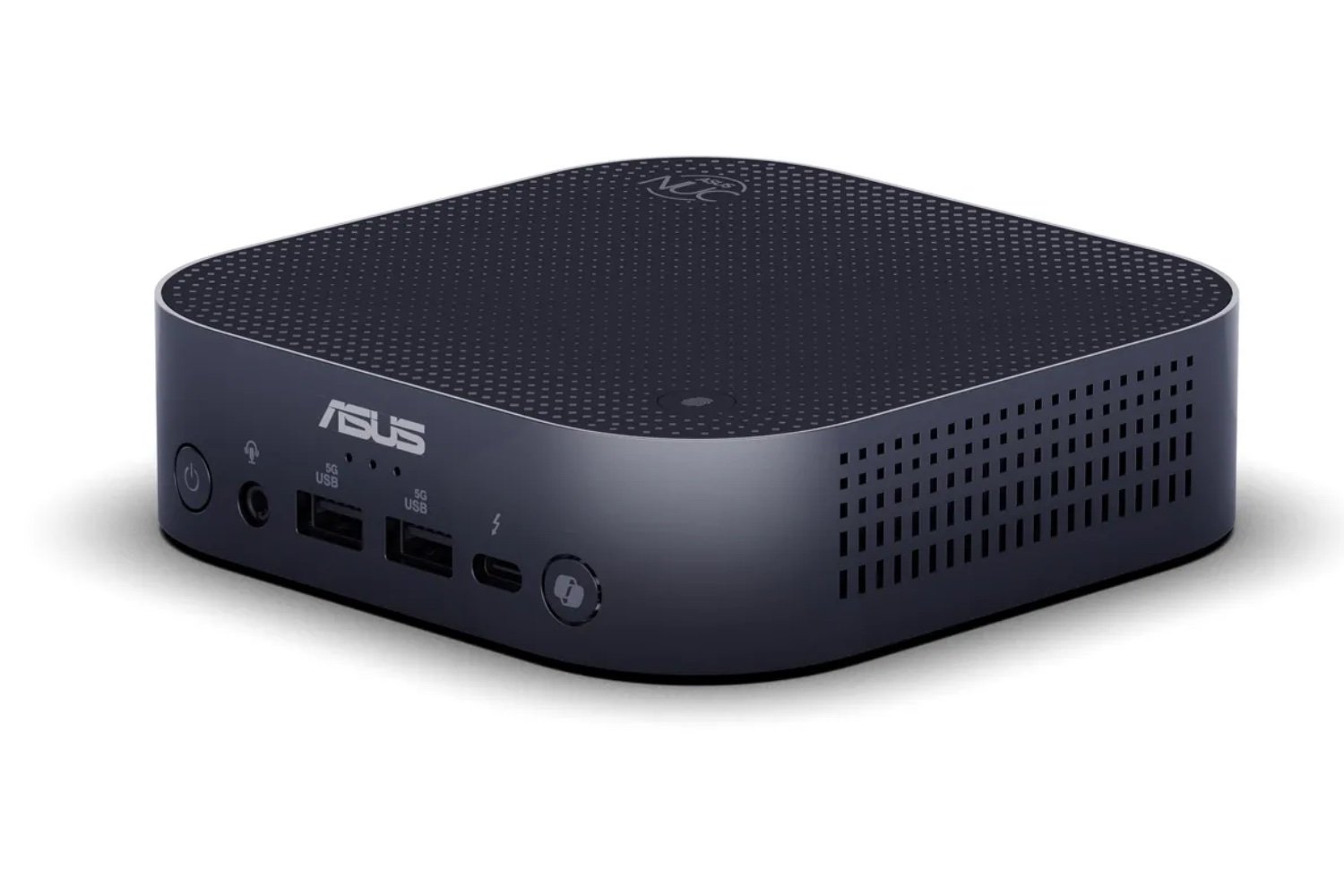Europe cannot afford to miss the semiconductor train. Right now it is far from the driving force, which is undoubtedly Asia, but under no circumstances can it get off this train. Not in a situation in which chips are becoming more and more relevant from a geopolitical point of viewscientific and economic. The Old Continent has set itself the medium-term goal of producing 20% of the integrated circuits on the market in 2030, and the European Chip Law will mobilize 43 billion euros between public and private investment to achieve it.
Furthermore, at the beginning of June 2023, the European Commission approved the IPCEI ME/CT project, an initiative in which fourteen European countries participate, including Spain, and which will mobilize 8.1 billion euros in public financing to promote research. , innovation and development in semiconductors and communications. The jewel in the European crown in terms of semiconductors is ASML, the Dutch company that designs and manufactures the most advanced photolithography equipment on the market, but in the medium term it is not enough. Europe needs to be more relevant.
Spain participates in Europe’s plan to lead chip packaging
If we divert our gaze for a moment to Spain, it is worth not overlooking the DioSiC project. Its purpose is to develop the technologies necessary to enable large-scale manufacturing of polycrystalline silicon carbide wafers. This plan is framed within the PERTE for Microelectronics and Semiconductors (popularly known as PERTE Chip) and has a budget of 3.3 million euros to which the State contributes, assuming 68% of the total cost.
Spain participates in the development of the European pilot line that seeks to lead the integration and encapsulation of electronic components and systems
However, this is not all. Spain also actively participates in the development of the new European pilot line that pursues lead integration and encapsulation of electronic components and systems. The Spanish institution that is involved in this plan is the Barcelona Institute of Microelectronics of the CSIC (IMB-CNM-CSIC), a center that has a lot of experience both in microelectronics and in advanced integrated circuit manufacturing techniques.
“We intend to work on two approaches depending on whether the evacuation of high heat densities is required, as in the case of ASICs, or if what is sought is a homogeneous distribution of temperature, more applicable to the case of image sensors. and radiation. All this with the aim of incorporating refrigeration together with the rest of the functionalities in the heterogeneous integration of systems,” says Miguel Ullán, researcher at the IMB-CNM-CSIC, expert in refrigeration technologies.
There is no doubt that any initiative that increases Europe’s competitiveness in a strategic industry such as semiconductors should be welcomed. And, of course, it is very good news that Spain actively participates in it. One of the strengths of the Old Continent is his scientific abilityand a priori it seems like a good idea to resort to it.
In fact, the pillars of quantum computers were established in Europe, and, despite this, it is evident that from an industrial point of view in this field this continent has lagged behind. Right now reaching Asia as a whole or the US seems very difficult, but at least Europe should be more relevant in terms of semiconductors in the medium term. Let’s cross our fingers that it does.
More information | CSIC
In WorldOfSoftware | Bad news for Intel and Europe: construction of Germany chip factory will be delayed until 2029 or 2030


/cdn.vox-cdn.com/uploads/chorus_asset/file/24016887/STK093_Google_02.jpg)








